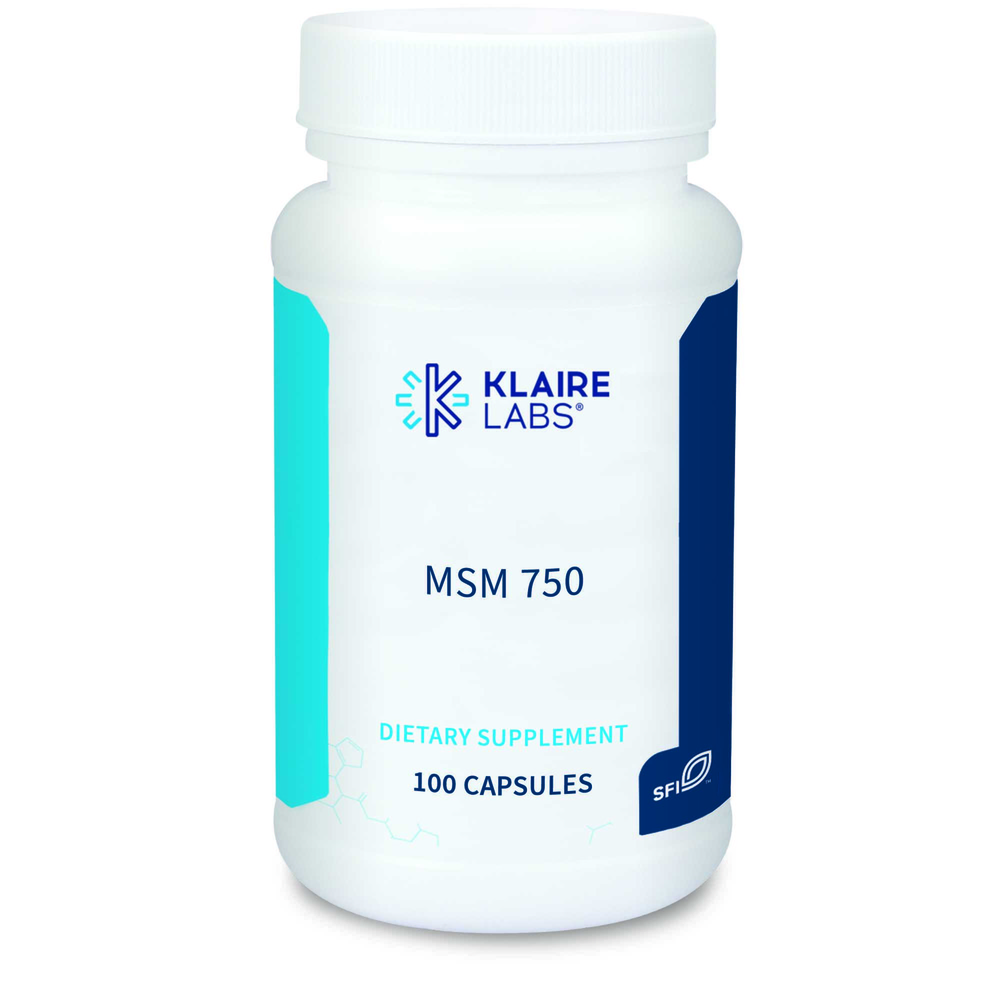Disclaimer: Our Integrative Medical Advisory team has developed or collected these protocols from practitioners and supplier partners to help health care practitioners make decisions when building treatment plans. By following this protocol, you understand and accept that the recommendations in the protocol are for initial guidance and need to seek medical professional advice. Contact us for more information.
Joint Support Support
Joint pain and degradation has been steadily increasing throughout the past two decades. Incidence of osteoarthritis (OA) in the hip and knee increased from an estimated 6-8% in early industrial and prehistoric years to 16% in postindustrial people, which is 2.1 fold higher. Additionally, the years of life lived with this disability rose from 10.5 million in 1990 to 17.1 million in 2010.
A variety of features make up osteoarthritis. Of these features, pooled prevalence for cartilage defects is 24% and meniscal tear is 10%. Osteoarthritis prevalence and contributing features increases with age. Risk for OA is associated with obesity, prior trauma, female sex, and old age. Comorbidities contribute to increased pain and/or decreased physical function. Common comorbidities with osteoarthritis are cardiac disease, hypertension, back pain, and diabetes, or a combination of them.
Mainstream prevention and treatment for osteoarthritis relies on pain management through nonsteroidal anti-inflammatory drugs (NSAIDs), glucocorticoid injections, exercise therapy, bracing, and kinesiotaping. Additionally, integrative treatments such as acupuncture, heat therapy, topical herbs, and supplements, are widely accepted as well. Managing pain and inflammation as well as preventing further degradation of the affected joints is key to helping patients with OA and related joint concerns.
Comprehensive joint support starts with key components of joint cartilage in glucosamine and chondroitin. These molecules provide joint cushioning and lubrication full support for joint integrity and help relieve joint pain associated with osteoarthritis. Broad-spectrum nutrients such as turmeric (curcumin), quercetin, and bromelain. Relieve joint inflammation (based on Herbal Medicine) and support musculoskeletal health.
In the protocol below we present ingredients associated with improved pain management, prevention of degradation, and improvement of joint function.
Glucosamine chondroitin
1500 mg of glucosamine sulfate combined with 800-1200 mg of chondroitin sulfate total per day, for a minimum of 6-24 months
- Chondroitin sulfate combined with glucosamine sulfate is comparable to celecoxib treatment as demonstrated by decreased Western Ontario and McMaster osteoarthritis index (WOMAC) by 50.1%, with 79.7% of patients fulfilling Outcome Measures in Rheumatology Clinical Trials and Osteoarthritis Research Society International (OMERACT-OARSI)
- When given CS and GH, similarly patients treated with the 200 mg of celecoxib had a decrease of WOMAC by 50.2% with 79.3% fulfilling OMERACT-OARSI; additionally both groups reduced joint swelling and effusion by more than 50%
- Combined supplementation of glucosamine sulfate with chondroitin sulfate decreased joint space narrowing by a mean difference of 0.10 mm when compared to placebo over 2 years in patients with chronic knee pain and medial tibio-femoral compartment narrowing
- In a meta-analysis of common knee and hip osteoarthritis therapies, it was found that celecoxib had the largest effect size, followed by combined supplementation of glucosamine and chondroitin, both demonstrating effect in improving physical function when compared to placebo as well as being ideal for stiffness
Turmeric (Curcuma longa)
500 mg Meriva® or 400 mg of curcumin, two to four times per day, minimum 30 days
- Curcuma longa extract ameliorates pain as demonstrated by improvements in visual analog scale (VAS) and WOMAC; additionally decreases in oxidative stress and inflammation occurred as shown by improved viz., IL-1β, ROS, and MDA
- When used for acute pain management, 2g per day of meriva (corresponding to 400 mg of curcumin) was comparable to 1g dose of acetaminophen while having improved gastric tolerability in comparison
- When compared to 800 mg per day of ibuprofen, 2g per day of curcuma extract was equally effective in ameliorating pain as shown by similar WOMAC scores; subsequently, less gastrointestinal adverse effects were observed with curcuma extract than ibuprofen
- Bio-optimized curcuma longa extract supplementation decreased visual analog pain scores by 29.5% in low dose group and 36.5% in high dose group, compared to 8 mm in placebo group in patients with OA; although adverse events were not significant a general trend of more adverse events was noted in the high dose group; the comparison suggests that patients finding difficulty with high doses will still benefit when given a lower dose
Attachments
Support your prescription with these additional resources




